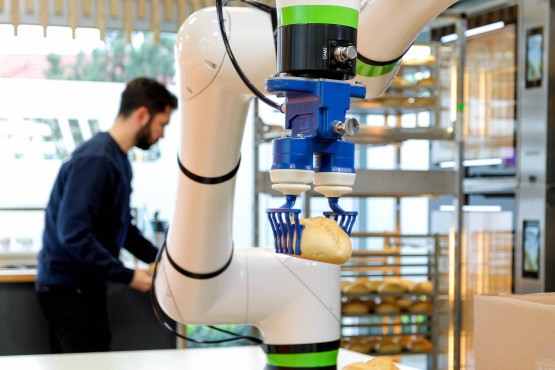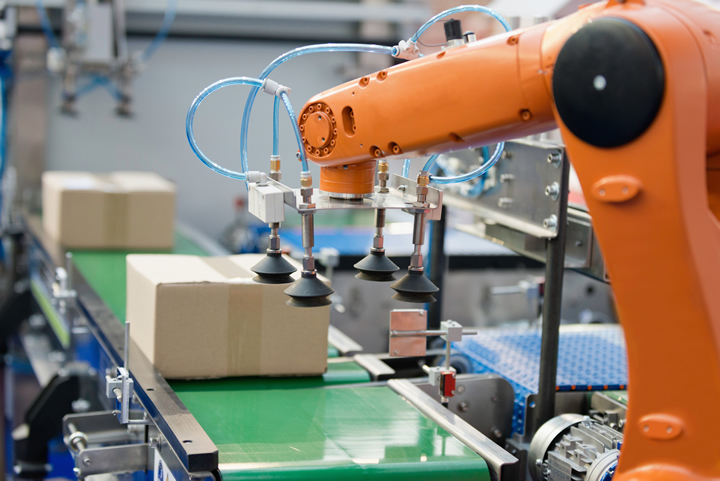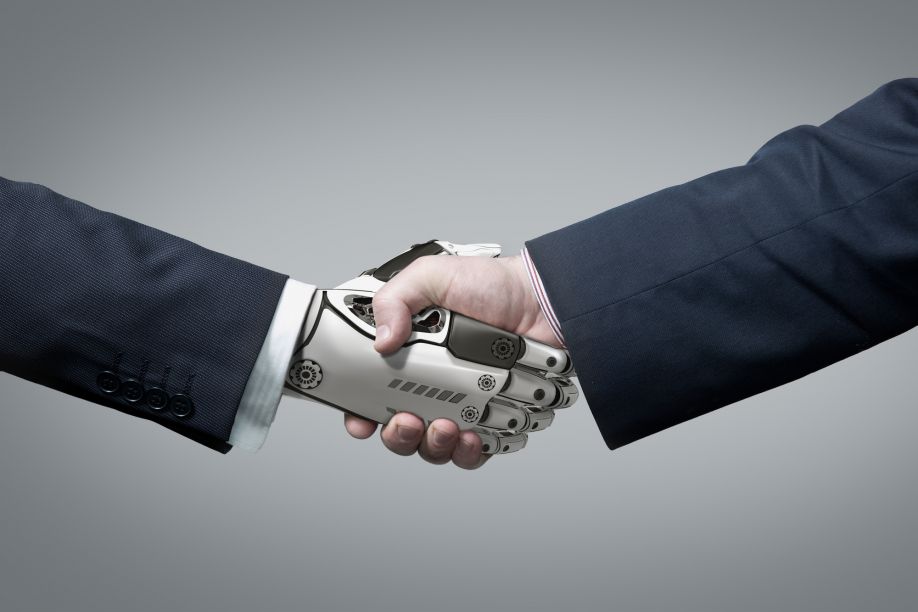Decrease Downtime: Ergonomic Process for Healthier, More Productive Workplace
Preventing worker discomfort and addressing early signs of injury are proven to save companies time and money, all while improving worker satisfaction and reducing turnover.
Addressing the Skills Gap in Manufacturing through Robotics Training
Louis Columbus, Senior Industry Marketing Manager at DELMIA, delves deeper into the ever-growing skills gap in manufacturing and how robotics training could be the catalyst for change.
The Role of Robotics in Attracting Talent Back to the Warehouse
A persistent shortage of labour remains a major issue for the UK warehousing and logistics sector. Automation and robotics are proven to help businesses significantly improve productivity and increase efficiency. But automating manual tasks is only half of the story.
How the Talent Shortage Is Helping and Hindering the Field of Robotics
Modern robotics has existed for roughly a century, but innovation has risen sharply in the last decade. The rise has partly come out of necessity due to a talent shortage.
Tackling the lack of specialists with innovative robotics solutions
Boring, strenuous, and exhausting are things of the past. The work environment of tomorrow looks different: exciting, simple, and easy. Cobots, AGVs (Autonomous Guided Vehicles), and AMRs (Autonomous Mobile Robots) put variety into daily work routines.
Robotics In Manufacturing: Threat or Opportunity?
The use of robotics in manufacturing has grown consistently over the past decade. A recent report from the Association for Advancing Automation revealed that North America saw a record in robot sales in 2022, with the number of robots ordered up 11% from the previous year.
57% of Manufacturers Say Robots Aren't Taking Human Jobs
Veo Robotics' 2022 Manufacturing Automation Outlook finds that human-robot collaboration has risen for 6 out of 10 manufacturers in the last year, as facilities turn to automation to supplement workers
Encouraging Diversity in Robotics
The robotics industry is ever-changing. Engineers are always looking for new ways to create helpful tools and machinery, but those employees are often primarily men.
Gender Diversity in Robotics and Manufacturing
There are significant numbers of manufacturing and robotics companies which have publicly stated the importance and value of gender equality; they are eager to find female talent.
Robotic Disruption in US Workforce Leads to New Opportunities and Challenges
The workforce is becoming increasingly robotic, and that shift is happening faster than many anticipated. Here's a look at the opportunities and challenges that creates.
Engineers Meet Industry Demand By Growing Their Robotics & IAS Expertise
For engineers with a traditional background in mechanical, electrical or computer engineering, specializing in IAS can accelerate their career progression and potentially make them more money.
Using Technology to Combat the Skilled Labor Shortage
Successful manufacturing companies are combatting the skilled labor shortage by investing in automation and software to complement their existing workforce, meet production requirements, and attract new talent.
Setting Yourself Up for Future Robotics Industry Success
Those interested in entering the robotics field must be prepared with an understanding of the direction of the industry and the skills to thrive within it. Here, we explore how you can set yourself up for future success within robotics as manufacturing automation grows.
Robots are the new normal - Humans should embrace, rather than fear, robot co-workers
According to a recent report from the World Economic Forum, 85 million jobs could be lost and displaced by new technologies in the next five years. It's no surprise that workers, particularly in manufacturing, worry how these developments will affect their jobs.
How Do Robotics Affect Skilled Trade Jobs?
With more companies bringing robotics and automation into their facilities, many people understandably wonder if machines will eventually replace their jobs.
Records 1 to 15 of 73
Featured Product

REIKU's Cable Saver™ - The Most Versatile Modular Robotic Cable Management Solution
REIKU's Cable Saver™ Solution eliminates downtime, loss of revenue, expensive cable and hose replacement costs, maintenance labor costs. It's available in three sizes 36, 52 and 70 mm.
All of the robots cables and hoses are protected when routed through the Cable Saver™ corrugated tubing.The Cable Saver™ uses a spring retraction system housed inside the Energy Tube™ to keep this service loop out of harms way in safe location at the rear of the Robot when not required. The Cable Saver™ is a COMPLETE solution for any make or model of robot. It installs quickly-on either side of the robot and has been tested to resist over 15 million repetitive cycles.
REIKU is committed to providing the most modular, effective options for ensuring your robotic components operate without downtime due to cable management.
www.CableSaver.com


.jpg)
.jpg)
.jpg)


.jpg)





.jpg)

